イタリア・リマ川 家族旅行のついでにデイ・パックラフティング | パックラフト・アディクト #71
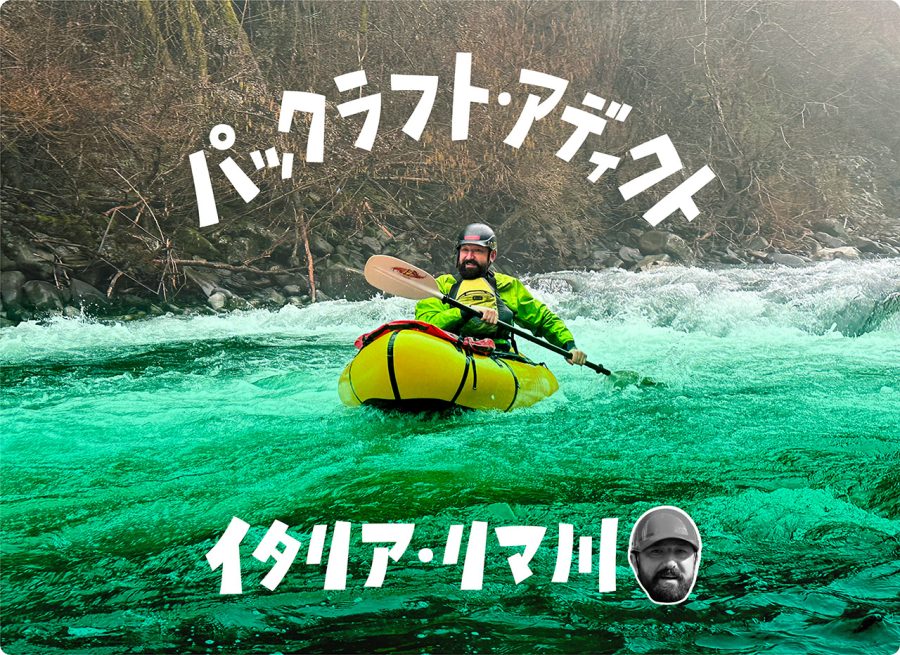
Packrafting the Lima River – A Tuscany Microadventure
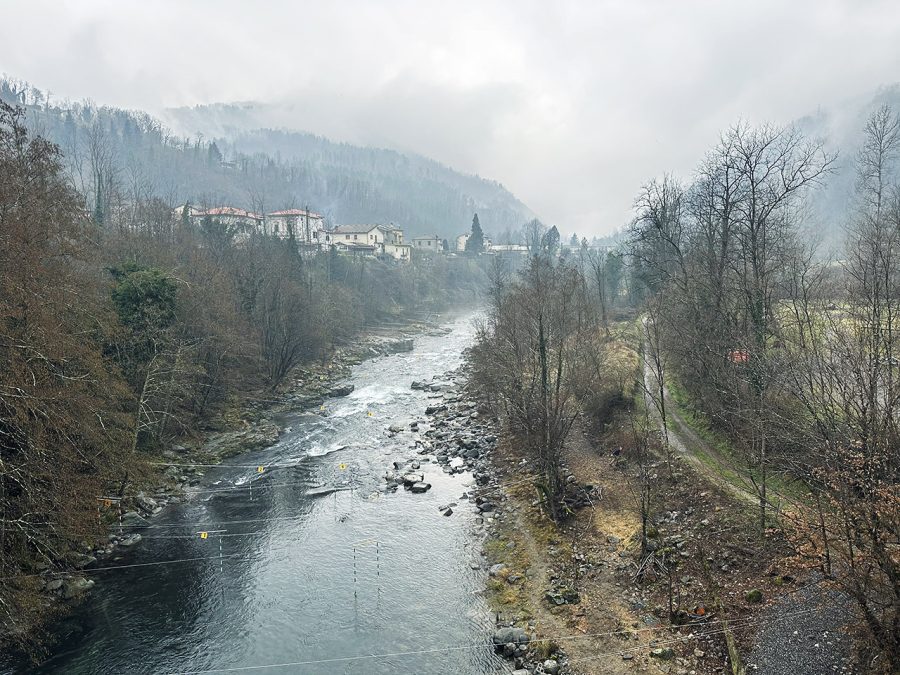
In late February of this year, my wife, my daughter and I decided to go to Tuscany, Italy for a week-long family holiday. And, of course, I wanted to take a packraft with me.
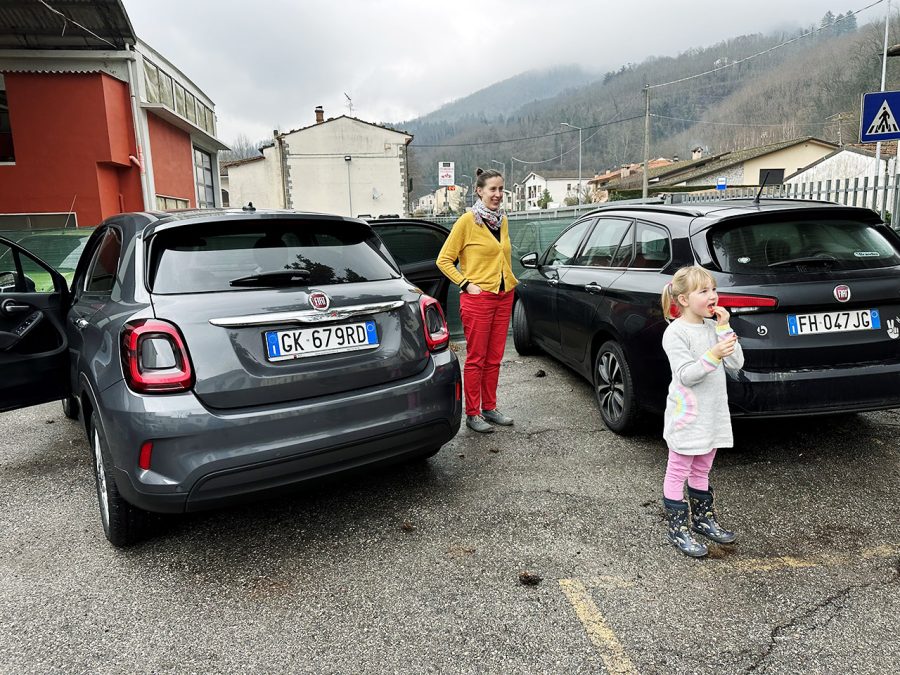
I checked what rivers were available, and, to my surprise, I saw that there were a number of local companies running packrafting tours in Tuscany. Real packrafting. Not two person inflatable ‘banana’ boats that I saw in Bali (see one of my previous articles), but the classical ones. One person and all. Some of these tours were relatively mild (big, wide, flat water, no rapids), while others were more adventurous (whitewater). I was more interested in the latter.
One of the rivers that was mentioned a lot was the Lima, which is located in the Apennine Mountains just a short way to the north from Pisa, the place where we were flying to. According to what I saw online, it was one of the popular white water rivers in the area as at least 4 companies were offering rafting and packrafting tours there.
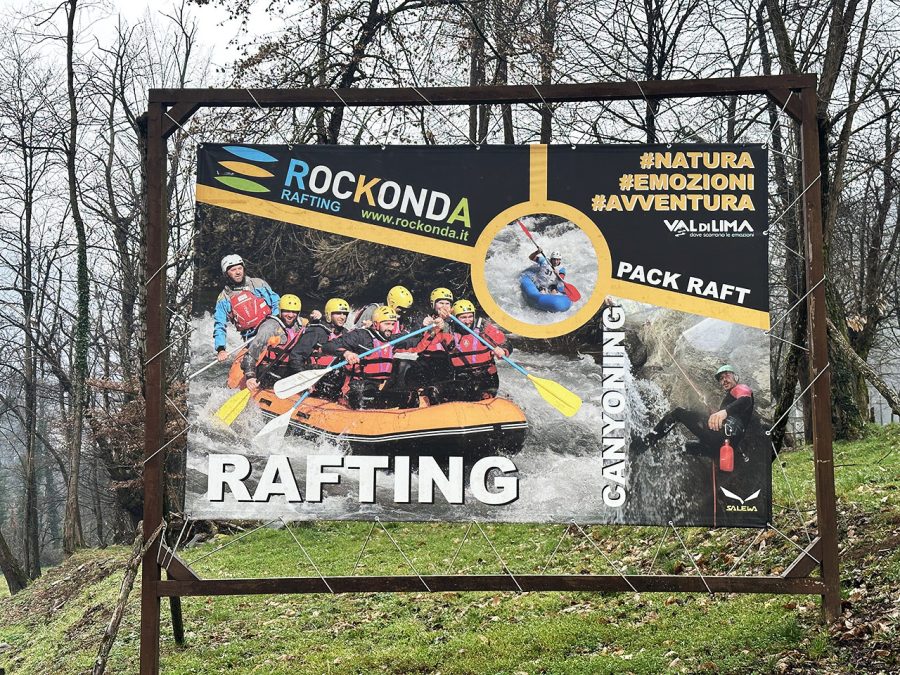
Still, when I tried to search for more information on the river itself or what part was better to paddle, I could not find much. That is why I tried to contact several of those companies and ask if I could tag along. After several negative responses (it seemed that the season did not start yet), I got to talk to Firenze Rafting, who told me that even though they had no tours themselves, their partner company had a pre-season run with a few customers, and if I wanted, I could join them. “It’s about 3.5 km and about 1.5 hours on the water,” they explained to me. As we did not have much time, this was just perfect.
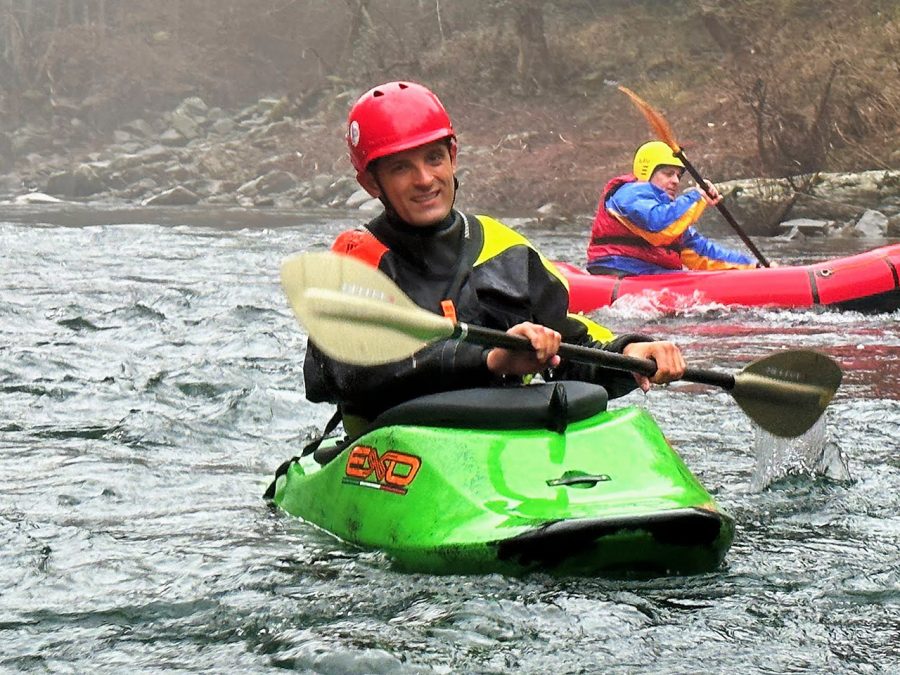
And so, the next morning after we arrived in Italy, we found ourselves in our rental car driving to our agreed meeting point at Da Marusca Pizzeria in the village of Fabbriche di Casabasciana, where we were greeted by a slim smiley man, who introduced himself as Zeno. It turned out that it was him who I had contact with. He was also the owner of Firenze Rafting, and while it was his day off, he decided to join his friends on this rainy Saturday on a short kayaking run. (Later I talked to him and turned out that he was a really experienced kayaker – he had even paddled the Zambezi River in Africa!) His English was very good and he later helped to translate for his friends as well.
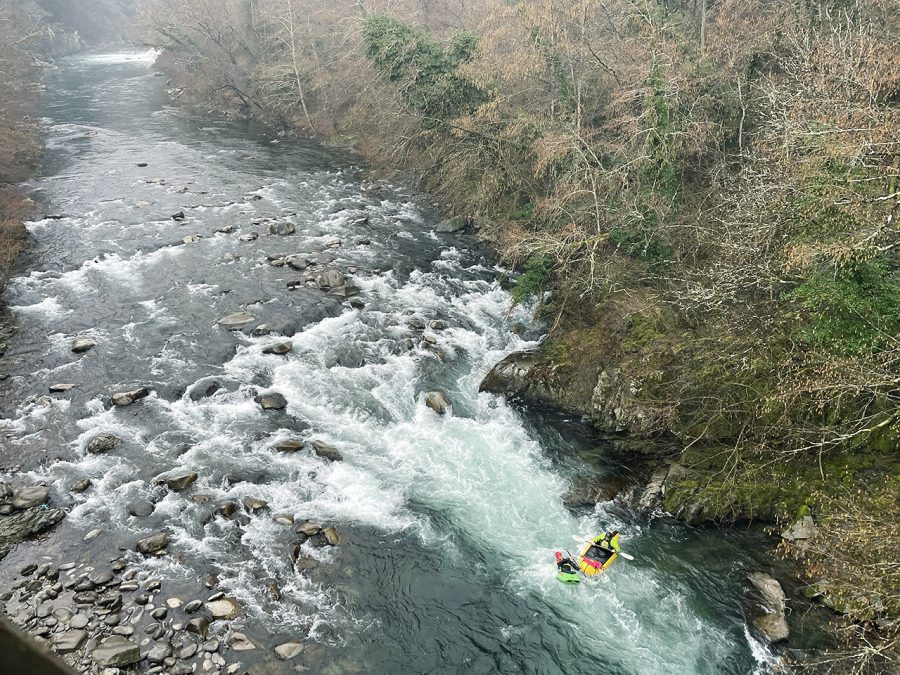
The others, three customers and four guides, were already there too. After a short introduction, we walked down to their base camp, changed into our paddling clothes and had a chance to look at the river from a suspension bridge, spanning over a narrow gorge. Just next to the bridge was an impressive-looking Class III rapid, which turned out to be the biggest rapid on the stretch we were to paddle.
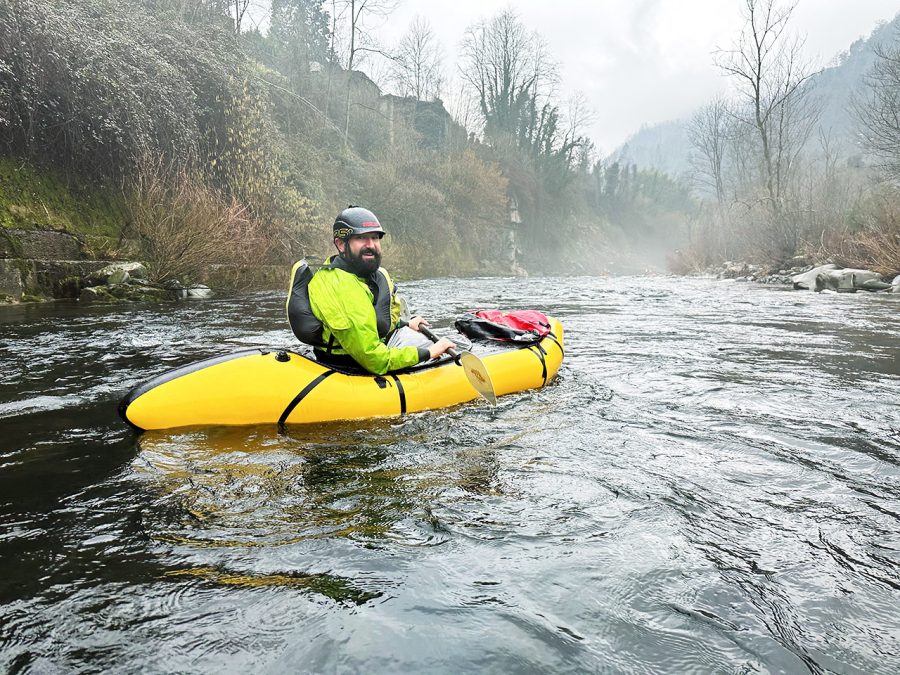
Having gotten such an introduction to the river, we loaded up the packrafts (for the customers) and kayaks (the guides) in two vans and headed up to the put-in point some 700 meters up the river. There, under a car bridge, there was a nice pool just below a Class II rapid, which we used for a warm up.
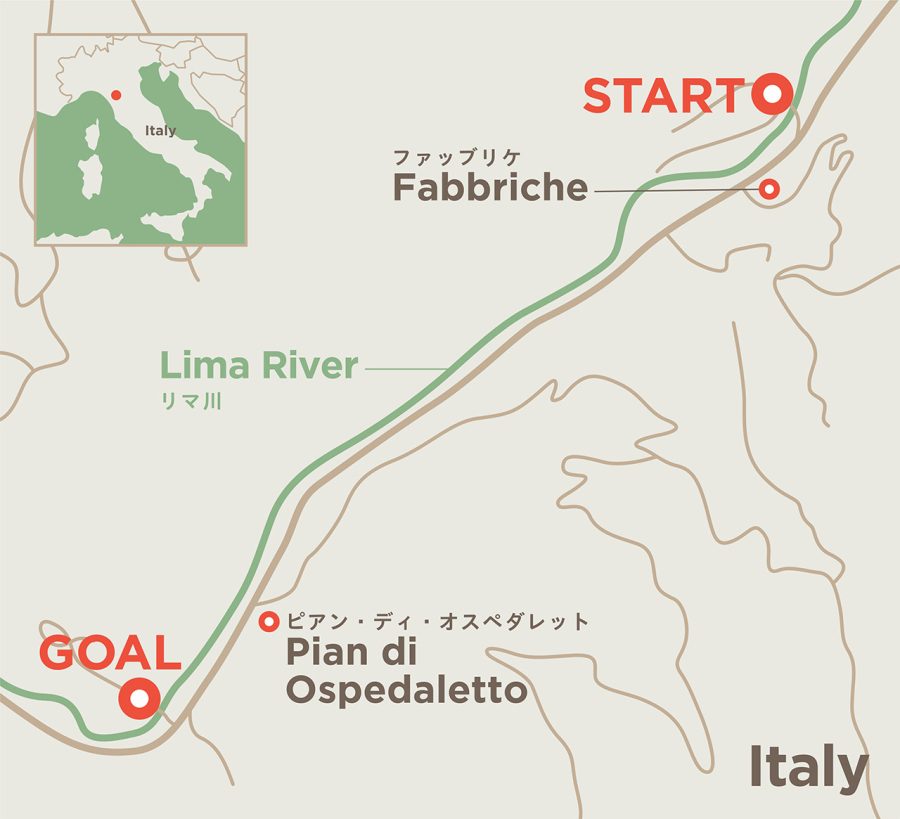
The three customers were Italian guys in their 30s, who had never paddled in a packraft before. Therefore the guides had to explain the basics and teach them how to ferry glide and catch eddies.
After about half an hour of practicing, which were not without some capsizes, the guides decided that they were ready and we started our descent.
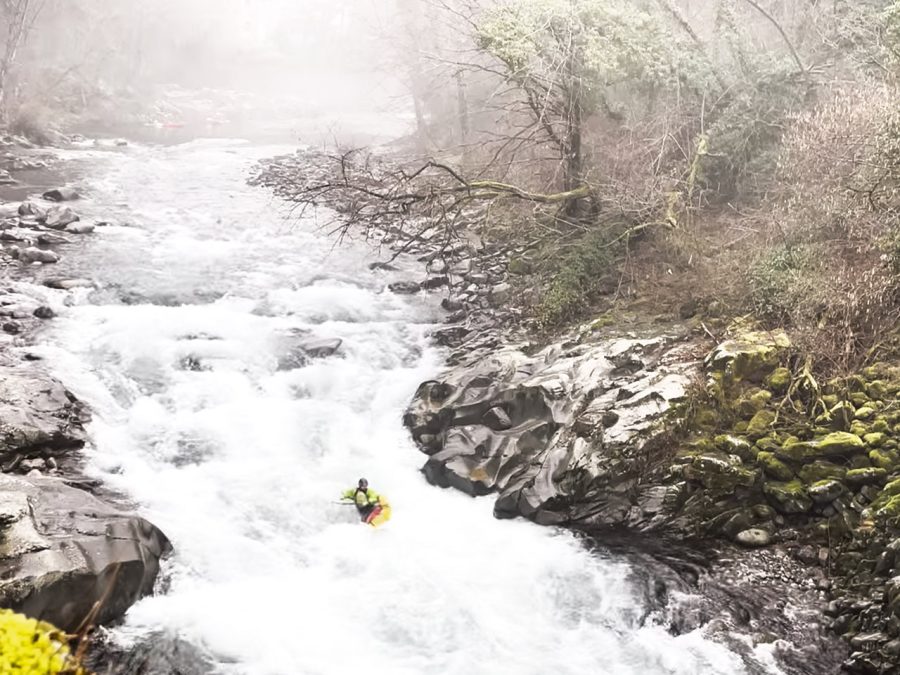
The Lima river here was narrow and there were multiple interesting rapids besides the one that we saw from the suspension bridge. The water moved fast and though it was relatively cold, it felt good to be packrafting again. Zeno decided to take me under his wing and, and before each bigger drop he would suggest an interesting line that I could run.
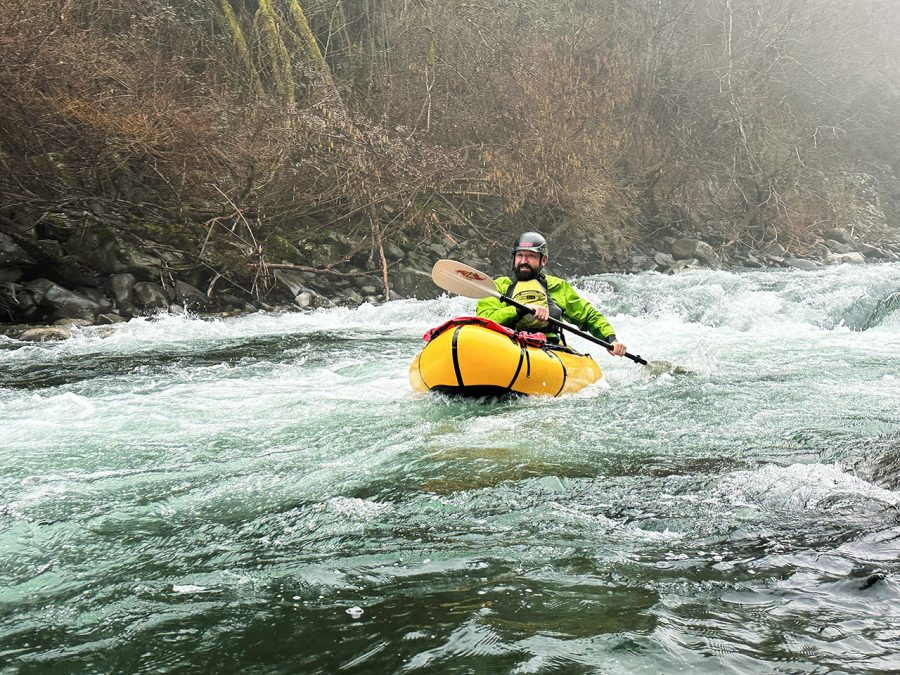
The three guys were doing relatively well, taking into the account that it was their first time in a packraft. Even after having flipped a number of times, they seemed undeterred and carried on. I believe having five safety kayakers (two guys actually decided to switch to a raft halfway, when they were passing by the base) next to them helped a lot as well. They were even having a lot of fun. When we got a chance to jump off a huge rock on the river back, they were the first ones there. I guess they did not mind getting wet anymore.
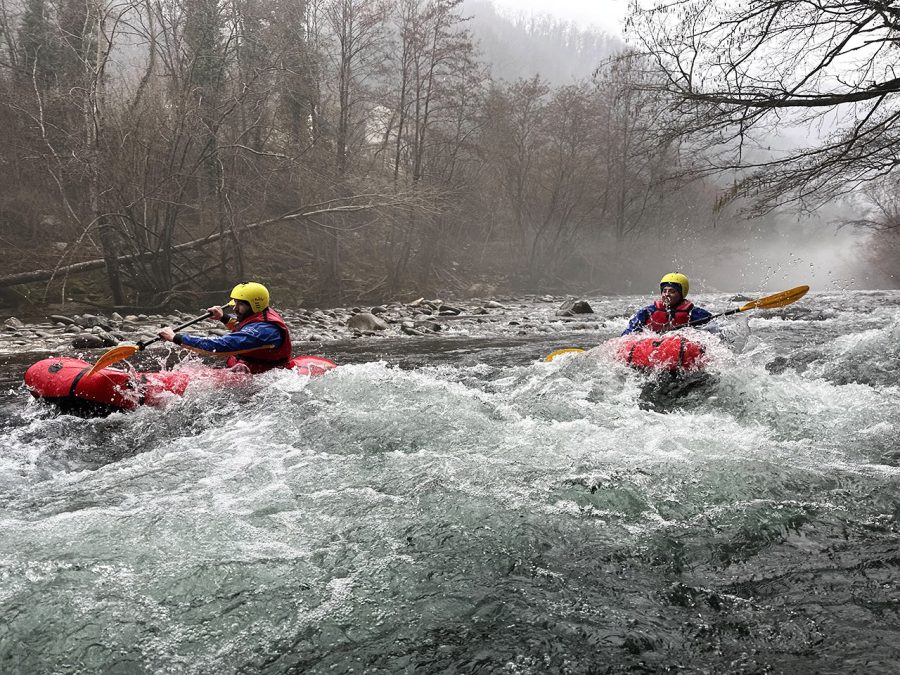
The packrafts they used were just the classical ‘tubs’ without a spray deck or self-bailing. That is why we had to stop a few times to have them emptied too. Still, being very ‘forgiving’, they seem to be working for the first packrafting experience just fine. “They are made by a Ukrainian company – Red River,” Zeno told me.
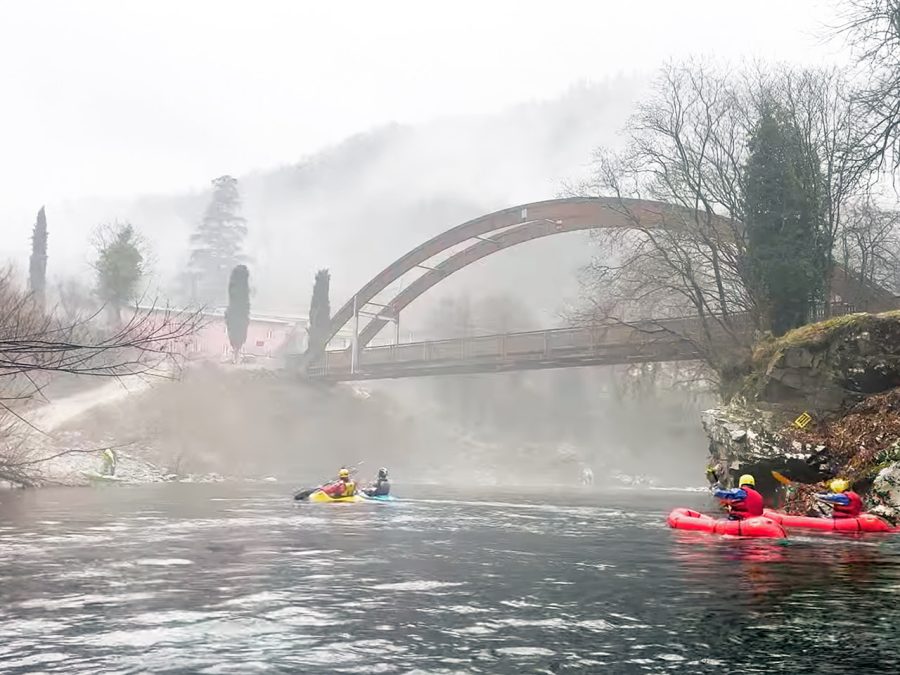
When I asked him about the river, he said that, in idea, it would be possible to have a multi-day trip on it. The section above the place where we started is more technical (Class IV), but the one below is easier (mostly Class II). There, up to the confluence with the Serchio River, they run ‘soft rafting’ – easy rafting on relatively flat water suitable for families with children. (He had to explain what it was as I had never heard that term before.) After that, it would be possible to paddle the Serchio River down to the sea.
Indeed, the further we went, the more open the river became. The weather turned out to be better than expected too. Instead of the promised rain we had fog that worked its magic and turned the scenery into a mystical landscape.
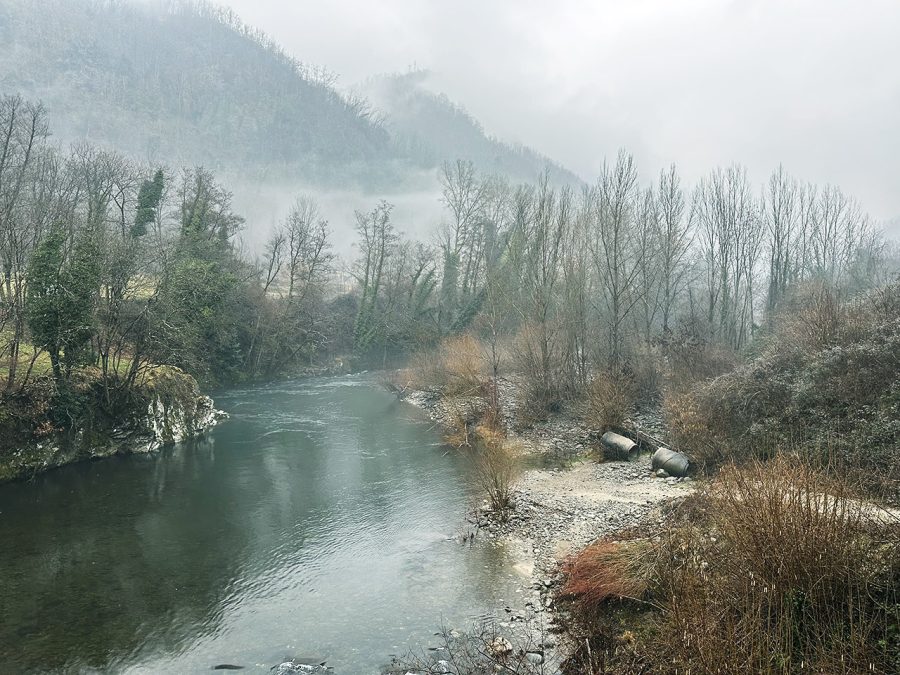
After two hours on the water, we stepped out at the Massimo Betti bridge, where one of the vans was already waiting for us. We got back to Da Marusca Pizzeria where we joined my wife and my daughter – they had been waiting for about two hours, enjoying the Italian cuisine and hospitality there. “You should really try this desert,” my wife insisted to me. “It is to die for.”
And so, our trip to Italy began, each one of us getting a chance to enjoy what we love. As for the river, I think I would like to come there once again and paddle it all the way down to the sea. Enjoying the deserts on the way of course.
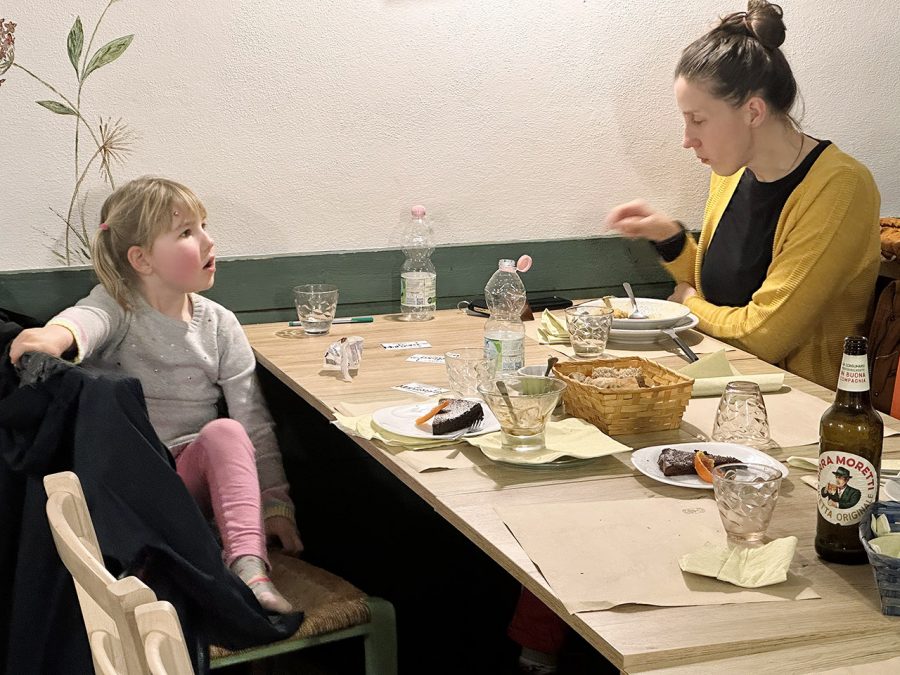
- « 前へ
- 2 / 2
- 次へ »
TAGS:

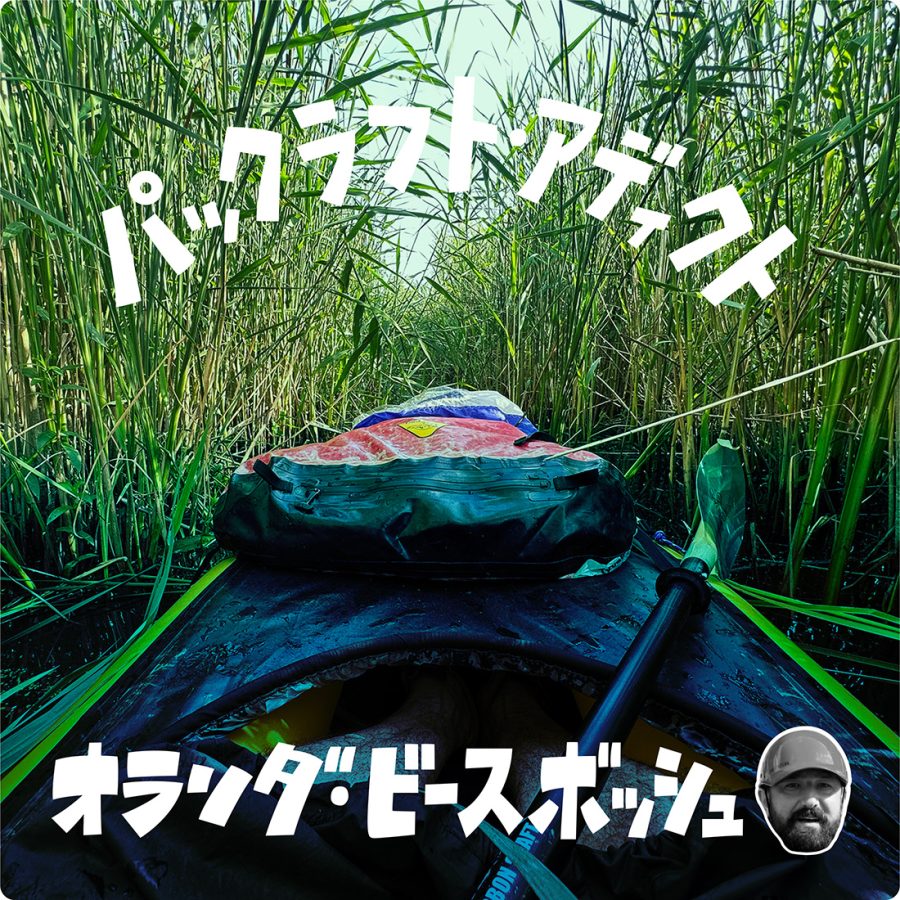
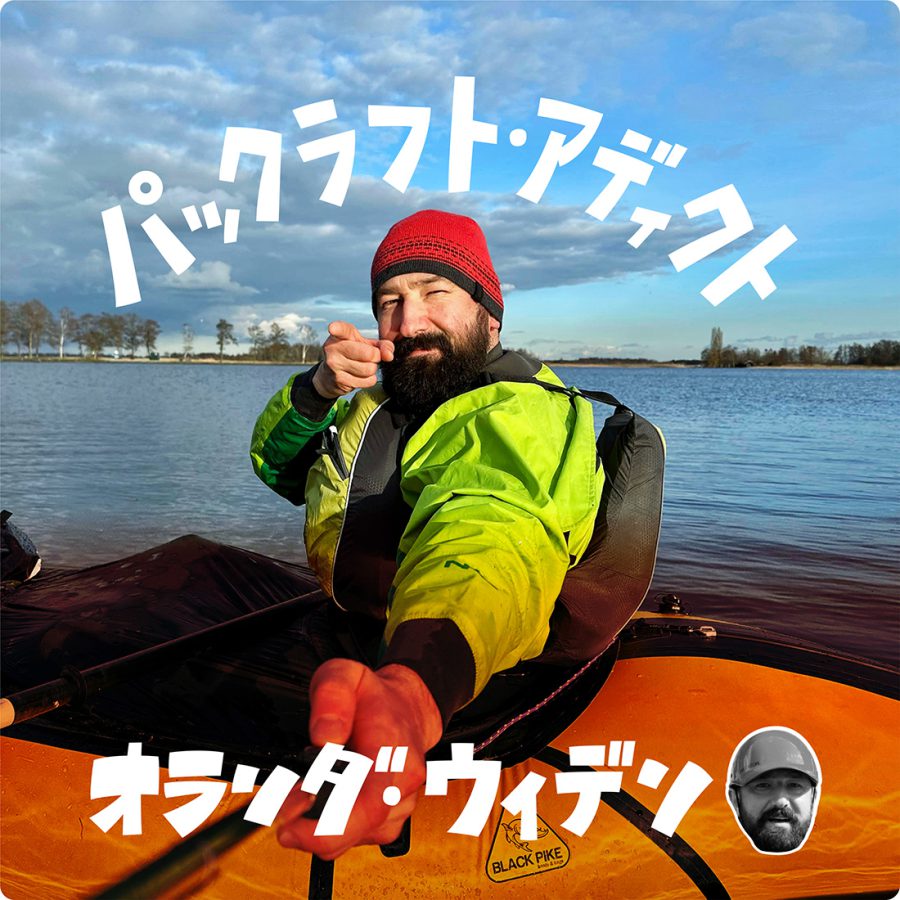
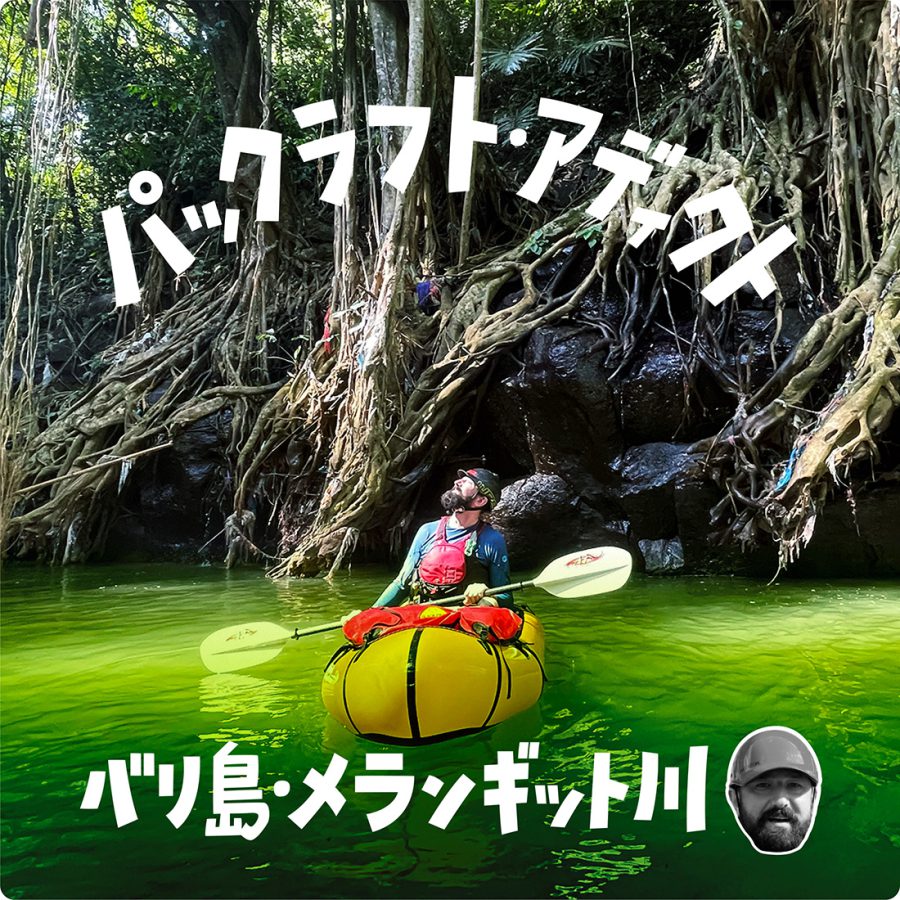
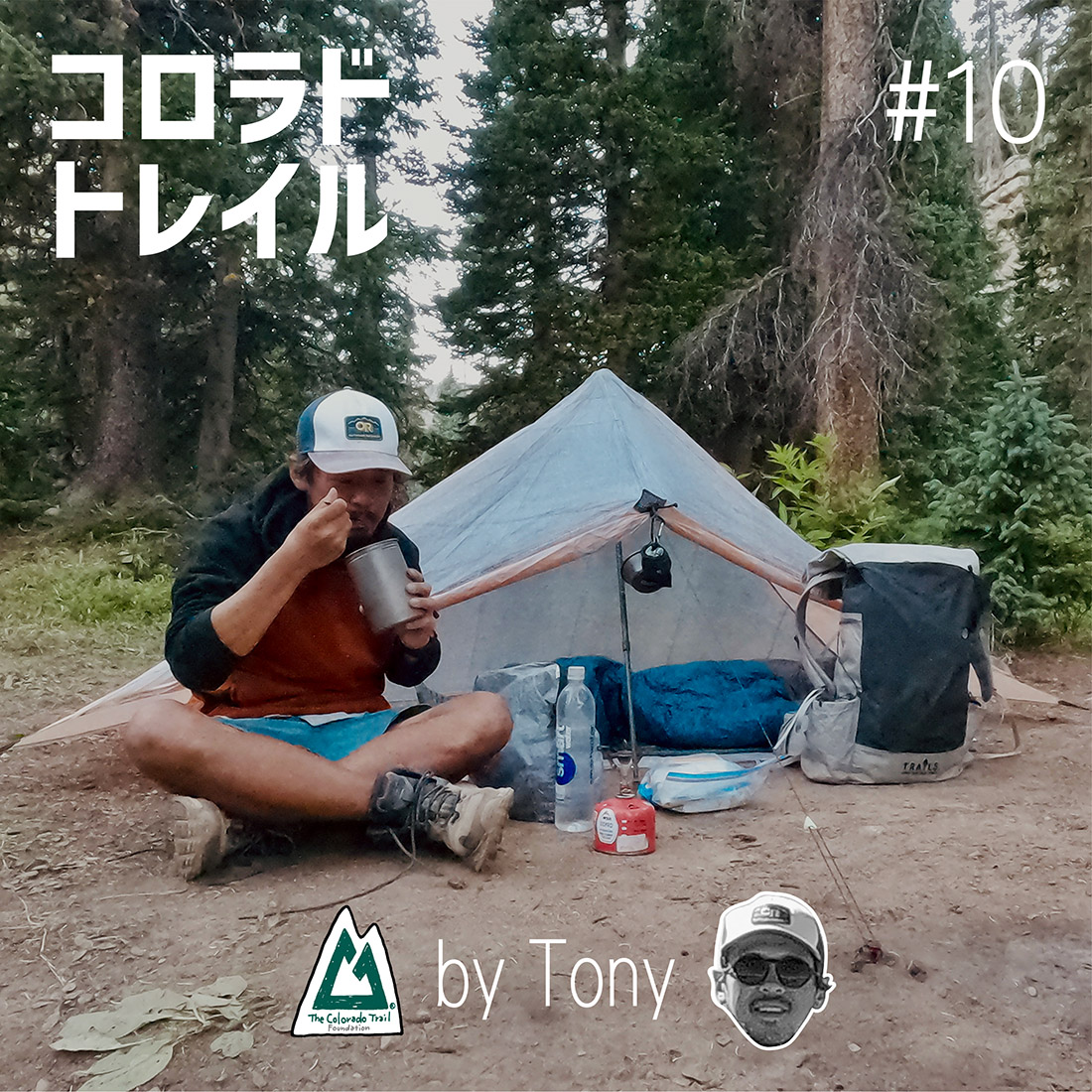
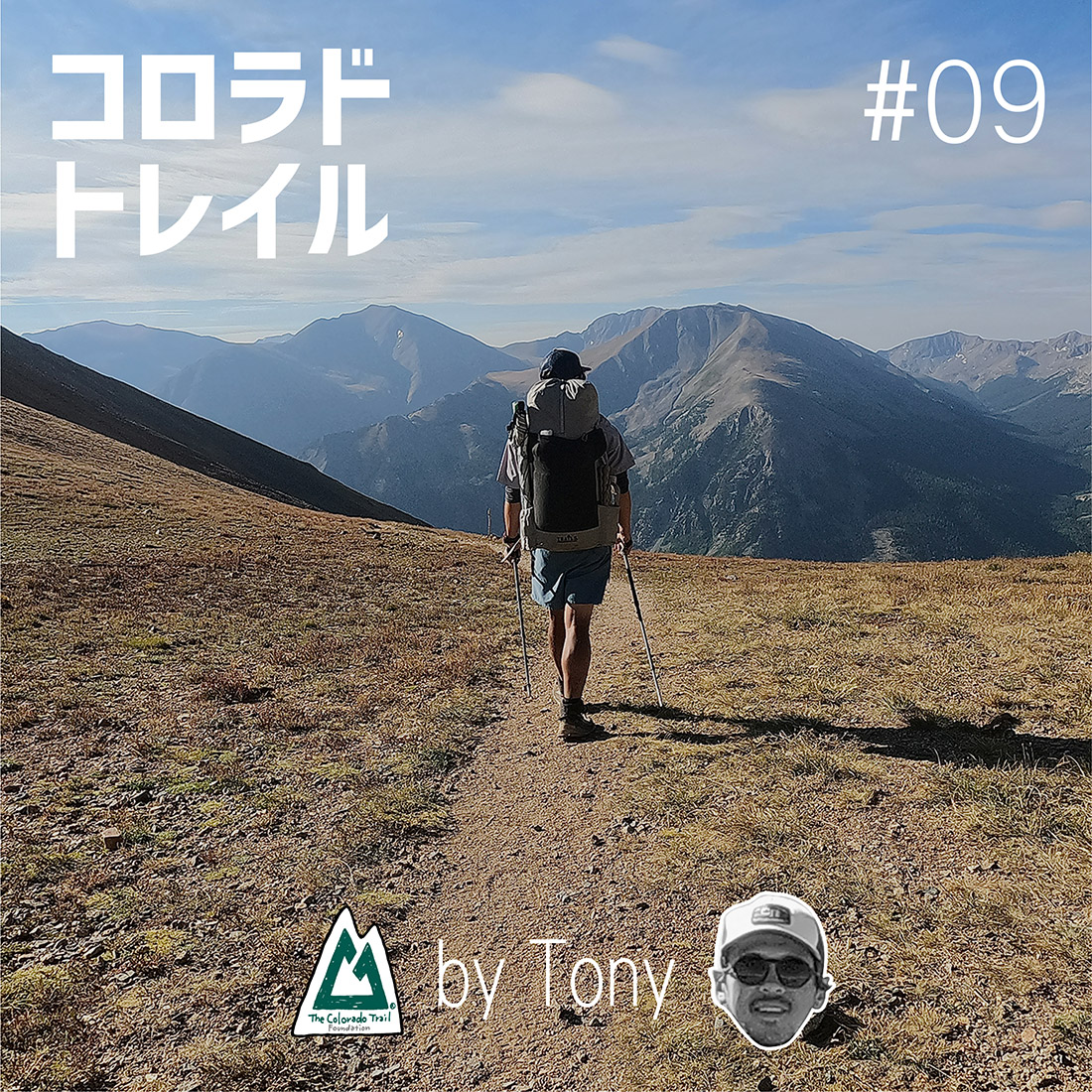








 ULギアを自作するための生地、プラパーツ、ジッパー…
ULギアを自作するための生地、プラパーツ、ジッパー…  ZimmerBuilt | TailWater P…
ZimmerBuilt | TailWater P…  ZimmerBuilt | PocketWater…
ZimmerBuilt | PocketWater…  ZimmerBuilt | DeadDrift P…
ZimmerBuilt | DeadDrift P…  ZimmerBuilt | Arrowood Ch…
ZimmerBuilt | Arrowood Ch…  ZimmerBuilt | SplitShot C…
ZimmerBuilt | SplitShot C…  ZimmerBuilt | Darter Pack…
ZimmerBuilt | Darter Pack…  ZimmerBuilt | QuickDraw (…
ZimmerBuilt | QuickDraw (…  ZimmerBuilt | Micro Pack …
ZimmerBuilt | Micro Pack … 














